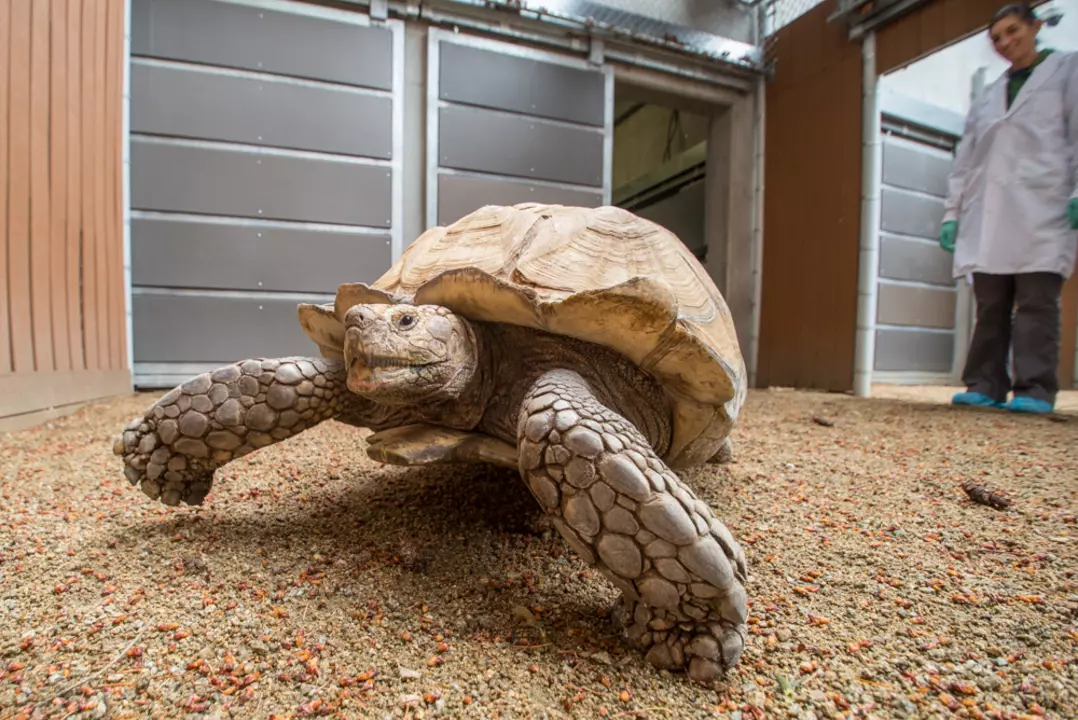3 Apr
2023
How do zoos bring in animals?

Exploring the Different Ways Zoos Source Animals for their Collection
Zoos are fascinating places to visit, offering a unique opportunity to observe animals up close. While most people don't give much thought to where the animals at the zoo come from, there are actually a variety of ways that zoos source new animals for their collection. Here are some of the most common methods.
Breeding Programs
Many zoos have breeding programs in place to ensure the sustainability of their animal populations. This involves carefully selecting animals to pair together based on genetics, and then raising their offspring in the zoo. This can help prevent inbreeding and ensure the health of the species over time. Breeding programs can also be used to help endangered species make a comeback.
Wild Animal Trade
The wild animal trade involves capturing animals from their natural habitat and selling them for a variety of purposes, including zoos. This practice is highly controversial and has been linked to animal cruelty and the exploitation of endangered species. As a result, the majority of zoos no longer participate in the wild animal trade.
Animal Rescues
In some cases, zoos may source animals from animal rescues. This generally involves taking in animals that have been abandoned, neglected, or abused in some way. Rescuing animals can help get them out of a dangerous situation and provide them with a safe and comfortable home. However, it is important to note that not all animals rescued in this manner are suitable for life in a zoo.
Donations
Zoos may also receive donations of animals from other zoos, private collectors, or even individuals. This can allow them to quickly expand their collection with animals that have already been bred and cared for in another facility. However, it is important to note that this practice is often heavily regulated to prevent the spread of disease.
Conservation Programs
Finally, some zoos may source animals from conservation programs. These programs involve reintroducing animals that have been bred in captivity back into the wild. This can help support species that are threatened by human activity, such as poaching, deforestation, or urban development. By giving these animals a chance to thrive in their natural habitat, zoos can help preserve biodiversity and protect the environment.
Understanding the Complexities of Animal Acquisition for Zoos
What are the challenges of bringing animals into a zoo? Zoos have the complex task of acquiring animals, which can be a difficult and costly process. It requires a great deal of money, time, and resources to relocate animals from their natural habitats to the zoo. Furthermore, there are many legal, ethical, and logistical concerns to consider when acquiring zoo animals.
Legal Requirements for Animal Acquisition
Before bringing in animals, zoos must first acquire the necessary permits and licenses. Depending on the type of animal and its country of origin, the process could take anywhere from several weeks to several months. Zoos must ensure that they are in compliance with all national and international laws and regulations. They also need to keep close track of the animal’s origin and its legal status.
Financial Considerations
The cost of acquiring animals can vary widely. For example, some animals may be acquired through donations while others may need to be purchased. Zoos typically need to factor in the cost of transporting the animals, building the enclosures, and providing the necessary food and medical care. Furthermore, zoos must account for the cost of obtaining the necessary permits and licenses.
Ethical Concerns
In addition to legal and financial concerns, zoos must also consider the ethical implications of acquiring animals. Animal rights activists argue that animals should not be kept in captivity and that zoos do not meet the animals’ needs. Zoos must take into account the opinion of animal rights activists and the public when acquiring and keeping animals. Furthermore, zoos must be able to provide evidence that their animal care practices are humane and that the animals are treated with respect.
Logistical Challenges
The process of acquiring animals is not only complex, but also time-consuming. Zoos must carefully plan and prepare for the animal’s arrival, including the transport of the animal, the construction of the enclosure, and the provision of food and medical care. Furthermore, zoos must be able to ensure that the animal is acclimating to its new environment, and that it is receiving the necessary care and attention.
Bringing animals into a zoo is a complex process that involves many legal, ethical, financial, and logistical considerations. Zoos must carefully plan and prepare for the animal’s arrival, and must be aware of the associated costs and challenges. Furthermore, zoos must take into account the opinion of animal rights activists and the public when acquiring and keeping animals.
Write a comment ( All fields are required )